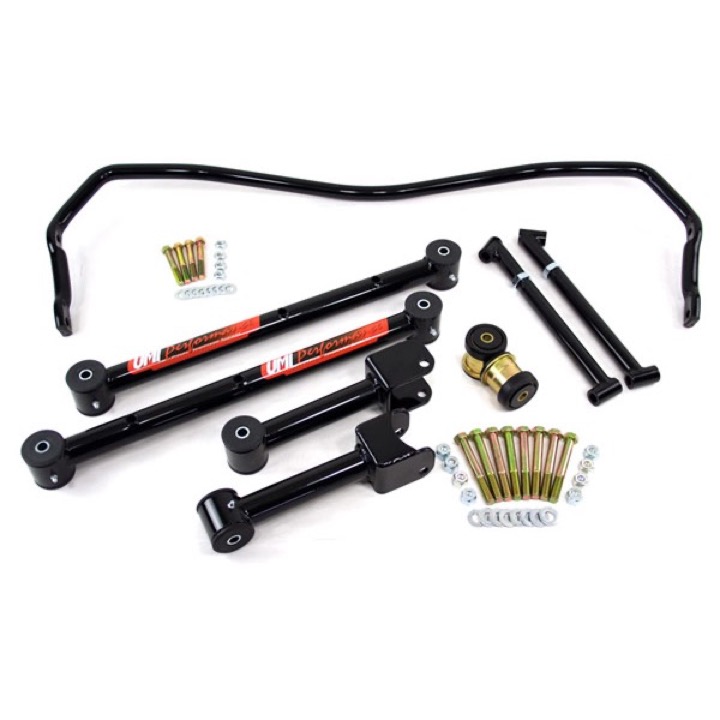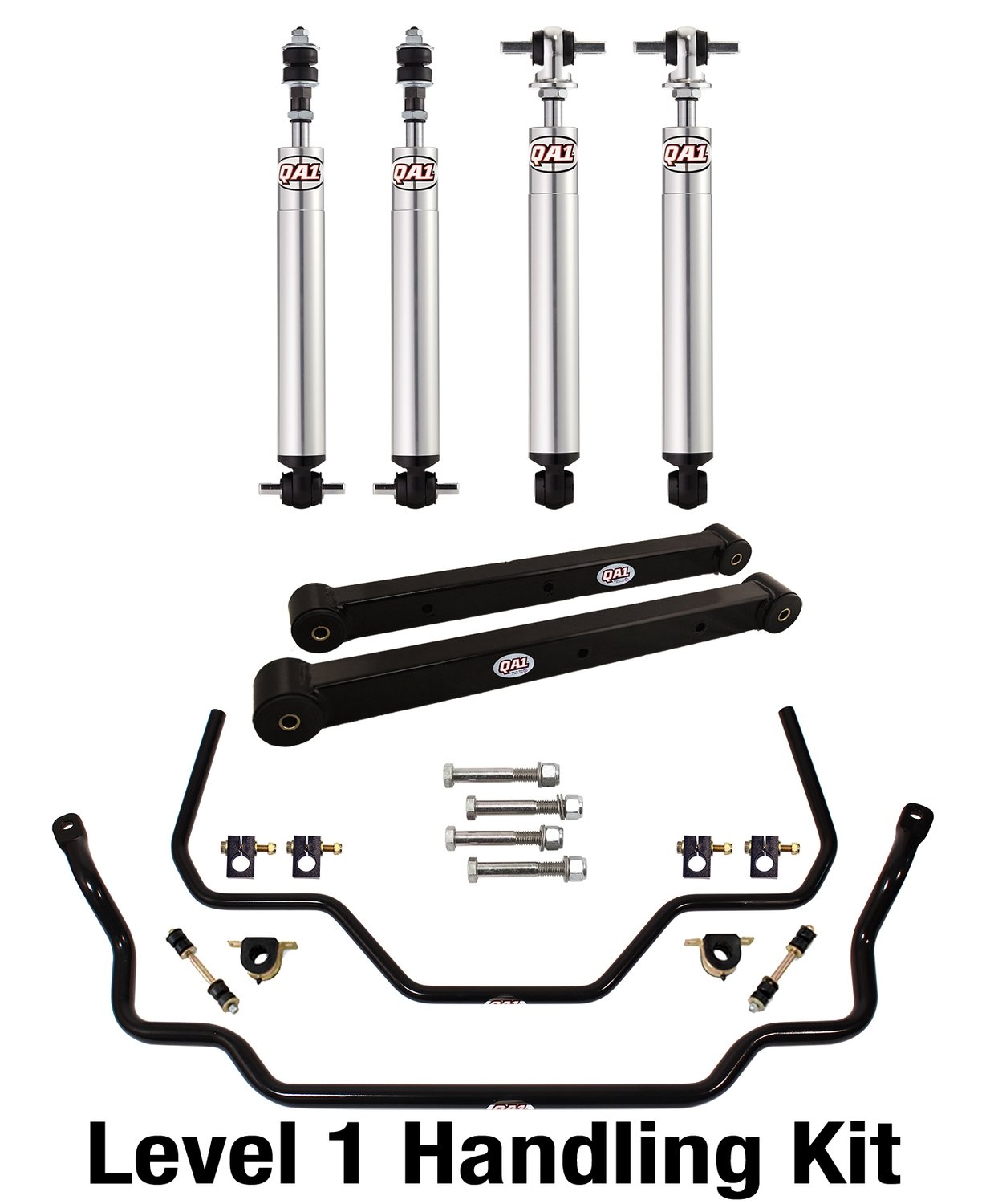
#High performance suspension for a 1968 el camino manual#
A close-ratio four speed manual or a Turbo-Hydromatic were the only available engines offered with the powerful 454.ĭue to increase government safety and emissions regulations, the muscle-car era was coming to an end. When equipped with the LS6, the quarter-mile took only 13.4 seconds. The LS5 454 cubic-inch V8 produced 360 horsepower while the LS6 454 cubic-inch V8 produced 450 horsepower. The 396 cubic-inch engine was enlarged to 402, although the emblems continued to read 396. Sales continued to be strong with over 48,300 examples being produced.įor 1970, the Chevelle was updated and the El Camino mimicked the changes. A new grille and front bumper were placed on the front. Of the nearly 42000 El Camino's sold during 1968, 5190 were equipped with the SS396 option.ġ969 was similar to the prior model year little was changed. The SS versions were given six-inch wheels. The hood was stretched and could accommodate larger engines, such as the newly introduced Super Sport SS396. The El Camino now rode upon a 4-door station-wagon Chevelle wheelbase. The third generation of the El Camino, lasting from 1968 through 1972, brought about many mechanical and styling changes. This allowed the adjustment of the suspension depending on the cargo load.

All other El Camino's were given air-adjustable shock absorbers. A performance suspension was standard equipment for all El Camino's equipped with the powerful 396 cubic-inch engine. A vinyl roof could be ordered as optional equipment. A new grille and bumper adorned the front of the vehicle. The updates mimicked the changes that occurred on the Chevelle. Little was done, or needed, to improve upon the aesthetics of the vehicle. Just over 35,000 examples were produced during the 1966 model year.ġ967 was the final year for the second generation El Camino. Also standard was the Synchro-Mesh three-speed gearbox with the four-speed or two-speed Powerglide automatic available as optional equipment. To keep the vehicle stable at speeds, Chevrolet offered high performance shocks and springs as standard equipment. The horsepower rating skyrocketed to around 350 and gave the vehicle a mid 14 second quarter-mile time. The performance trend continued into 1966 when Chevrolet offered a 396 big-block cubic-inch engine on the El Camino. The small block engine was capable of producing an astonishing 350 horsepower. Performance was given a high priority in 1965 with the introduction of the L79 327 cubic-inch V8 to the El Camino. Horsepower ranged from just under 200 to 250. Two engines were offered, a 283 and a 327 cubic-inch V8. This time is shared the Chevelle platform and styling. The Ranchero continued to sell well during the early 1960's so Chevrolet decided to reintroduce the El Camino in 1964. This had been unfortunate, especially since the El Camino had undergone extensive styling updates during its second year. The first generation did not achieve the success that the Ford Ranchero had accomplished. A year later sales slumped to 14,163 and Chevrolet made the decision to cancel production. During its introductory year, 22,246 examples were produced.

The styling, both interior and exterior, and its platform were courtesy of the Impala. Two years after Ford introduced their Ranchero, Chevrolet introduced the El Camino. The name, El Camino, means 'The Road' in Spanish. The vehicle could be classified as a small car but with a pick-up truck bed. History The Chevrolet El Camino was produced from 1959 through 1960 and again from 1964 through 1987.


 0 kommentar(er)
0 kommentar(er)
